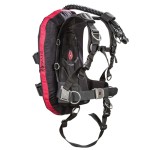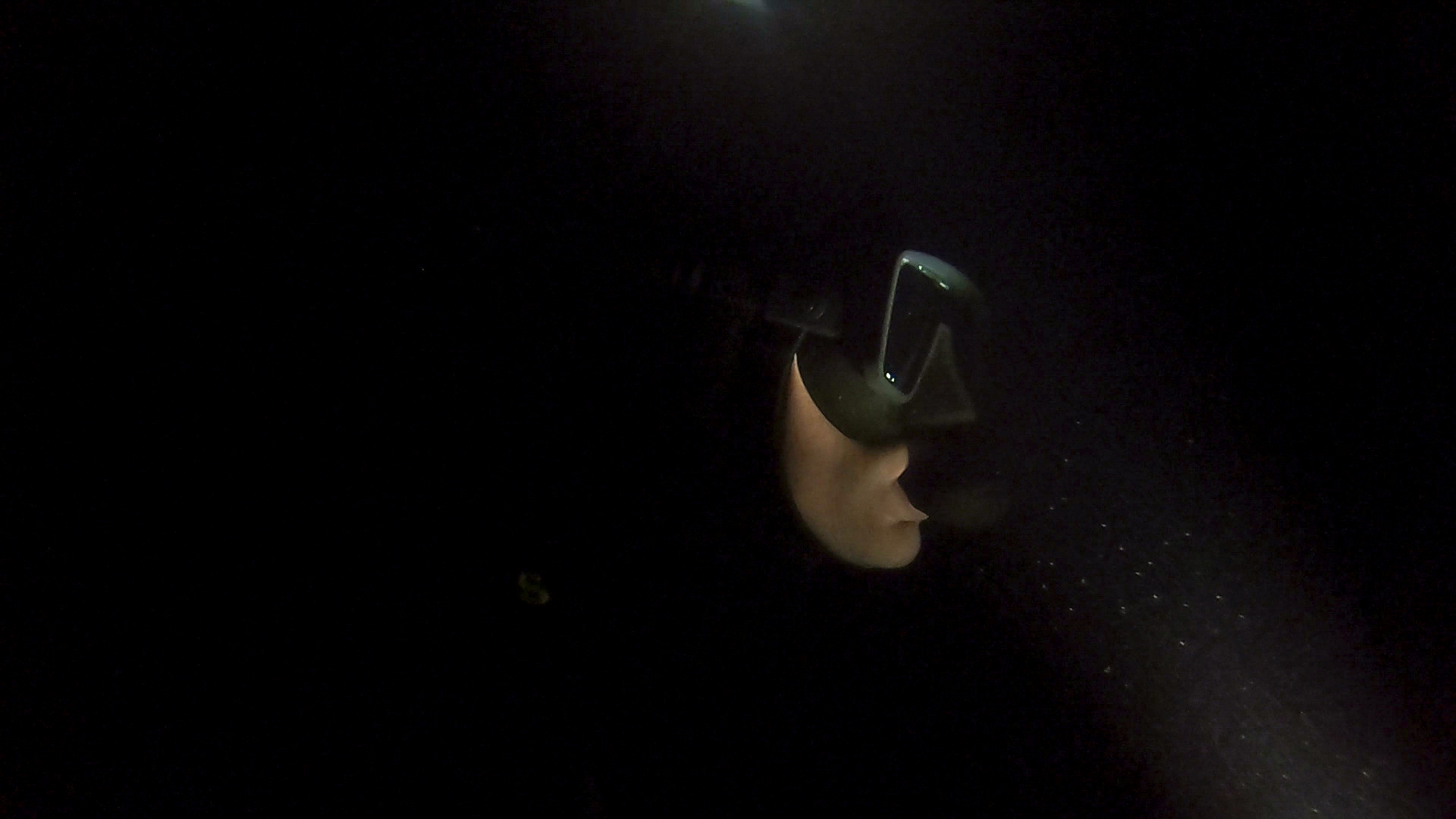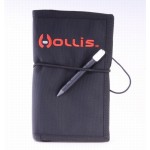Three suggestions for making successful shore dives at night with William Koo
With most people in Auckland being tied down by the 9 to 5 lifestyle, diving at night is becoming a popular trend and a great way to get around being too busy during the day for a dive.
Some sites around the world boast amazing night dive experiences so with this in mind getting used to local night diving is smart.
Night diving brings so many different benefits and is a totally new enjoyment to diving as the marine animals really come to life during the night displaying so many interesting behaviors, it is absolutely an experience like none other and can truly be likened to floating in underwater space due to water possessing no color.
Like many disciplines of SCUBA, diving at night brings new challenges and more preparation is required, here are some important tips to consider.
1. Plan, plan, and plan
Like any other good dive plans start by looking at the weather, note the wind/swell direction and speed, check what the tide is doing, ideal conditions would be gentle offshore winds with minimal swell and slack high tide. With this information and looking at site orientation try to pick a couple of suitable spots near to each other so they could be checked out on the day.
It is good practice to choose the site familiar to you and if it is a brand new site be sure to dive it during the day and get familiar with the orientation.
Entry and exit needs to have distinct features to make it stand out at night such as street lamps, alternatively surface support can be ideal and safer to have as they can be on standby, lighting up the entry point to help the group find their way at the start of the dive and be ready at the end of the dive marking clearly the exit point with series of lights lined up like a runway.
2. Gear up

Choose gear that you use and know well, making sure it is in good condition and up to date with maintenance, using the head to toe checking method can be a useful habit to make sure all gear is present when packing, scanning from head to toe checking mask/snorkel, regulator, wetsuit, BCD, gloves, booties, fins.
Grabbing spare gears saves the day when things go amiss also a spare tank if possible.
3. Torches

Lighting not only makes diving at night possible it enhances the experience as it illuminates your point of view, this creates a singular point to focus attention on whereas during the day our senses are bombarded with many things to look at.
Most marine animals are attracted to light but for the brave doing the lights out drill is a special experience when bio-luminescence is present, cover your lights so that bioluminescence can come to life lighting up every movement in the water, some see it as green, some see it as blue, some even see it as red! adding to the fun!
Pack torches so there is one primary and one backup, those who like to experiment try spot and flood torches for different effects, when choosing a torch, try to get one bright one for primary of 1000 lumens and up, preferably rechargeable, magnetic switch, double O-ring seal, and a lanyard is a must.
The night is another worldly awesome for underwater photography, this is a must for avid underwater enthusiasts to try.
Night diving brings different challenges such as navigation, but makes buddy location easier, and over time with practice when night diving becomes more familiar, it can become as comfortable as a day dive, and like the memorable day dives when the all conditions were perfect with calm waters, good visibility and awesome dive buddies, one good night dive is all it takes to get hooked leaving a want for more and more.
William Koo.

